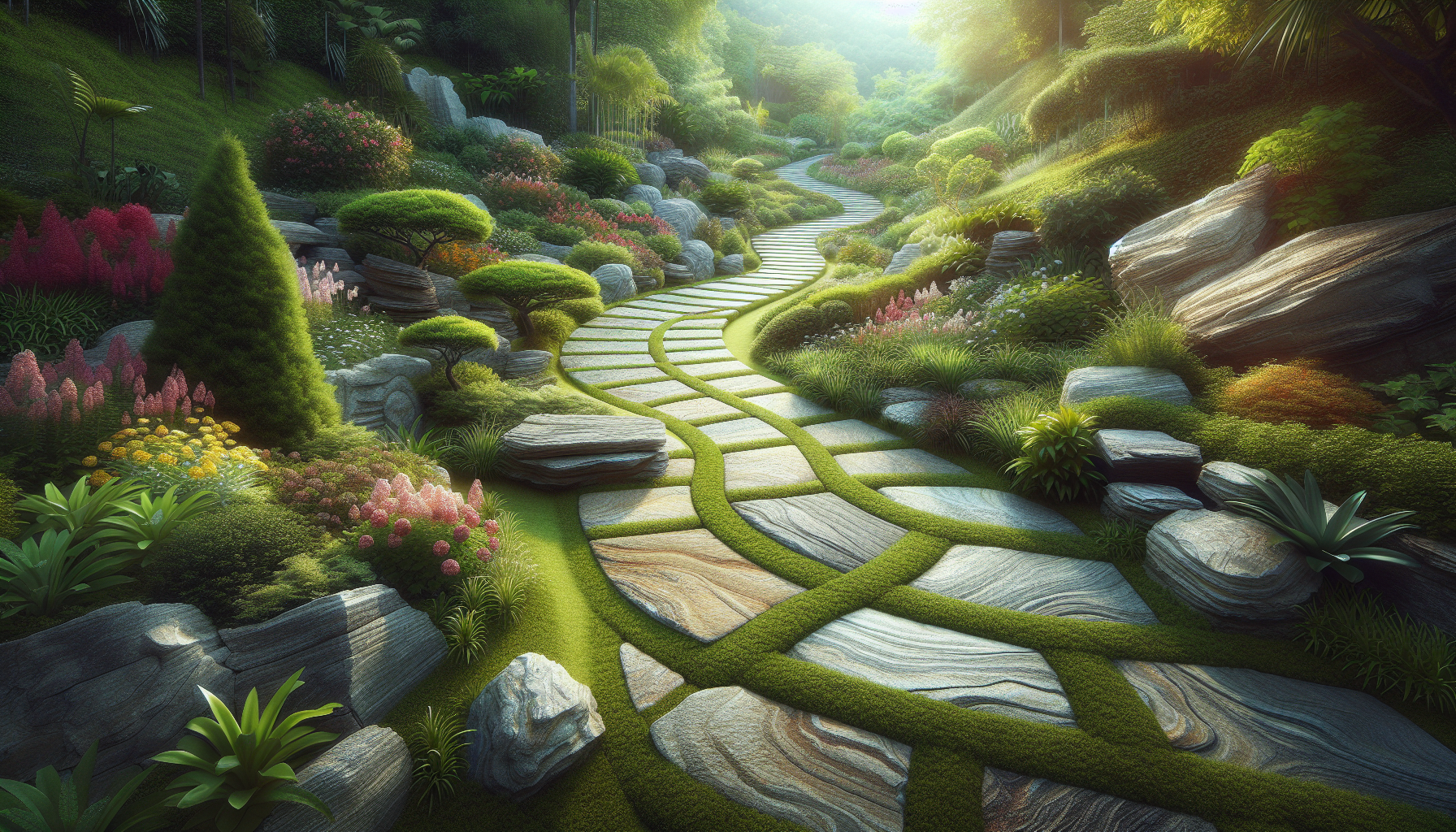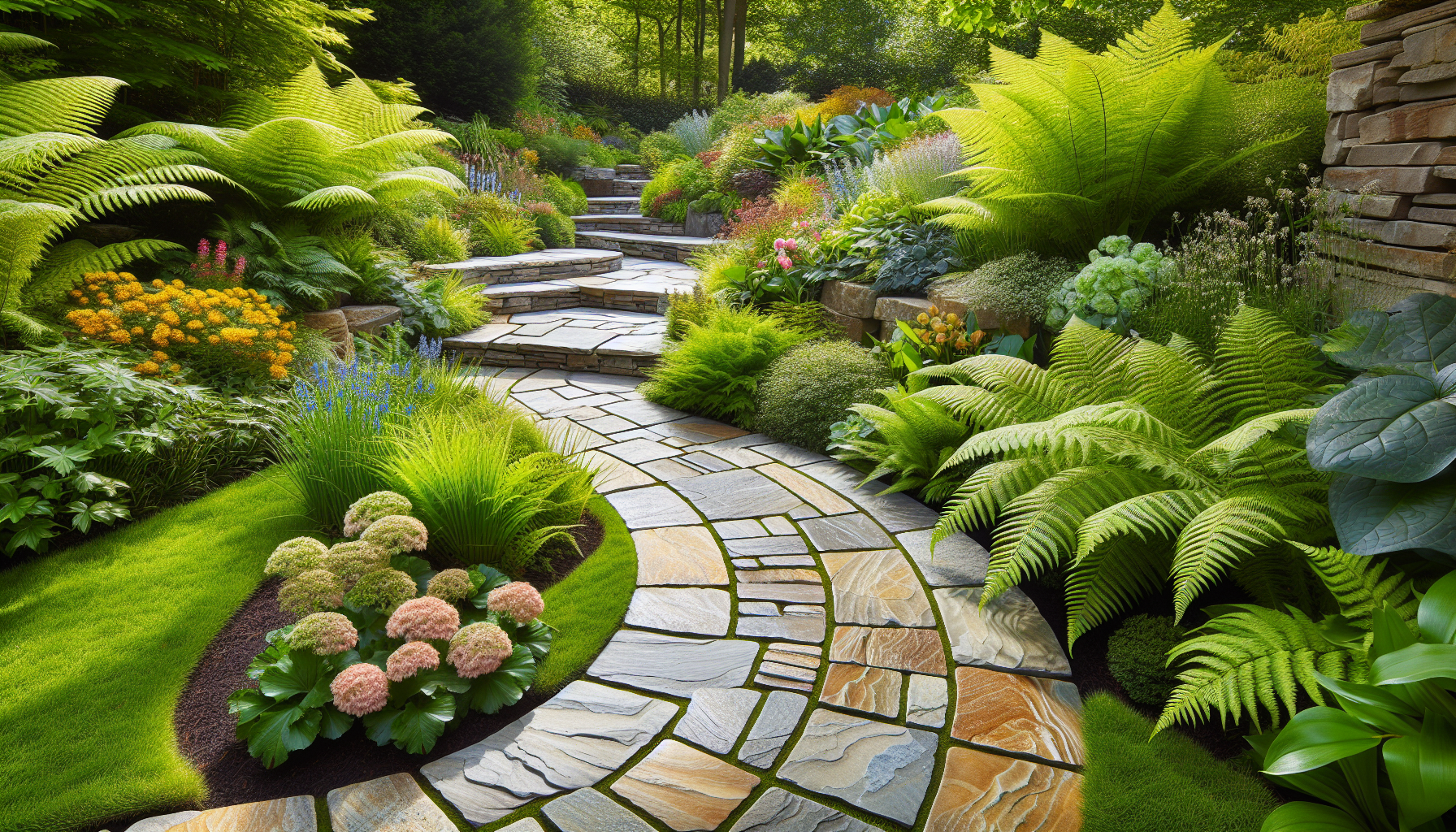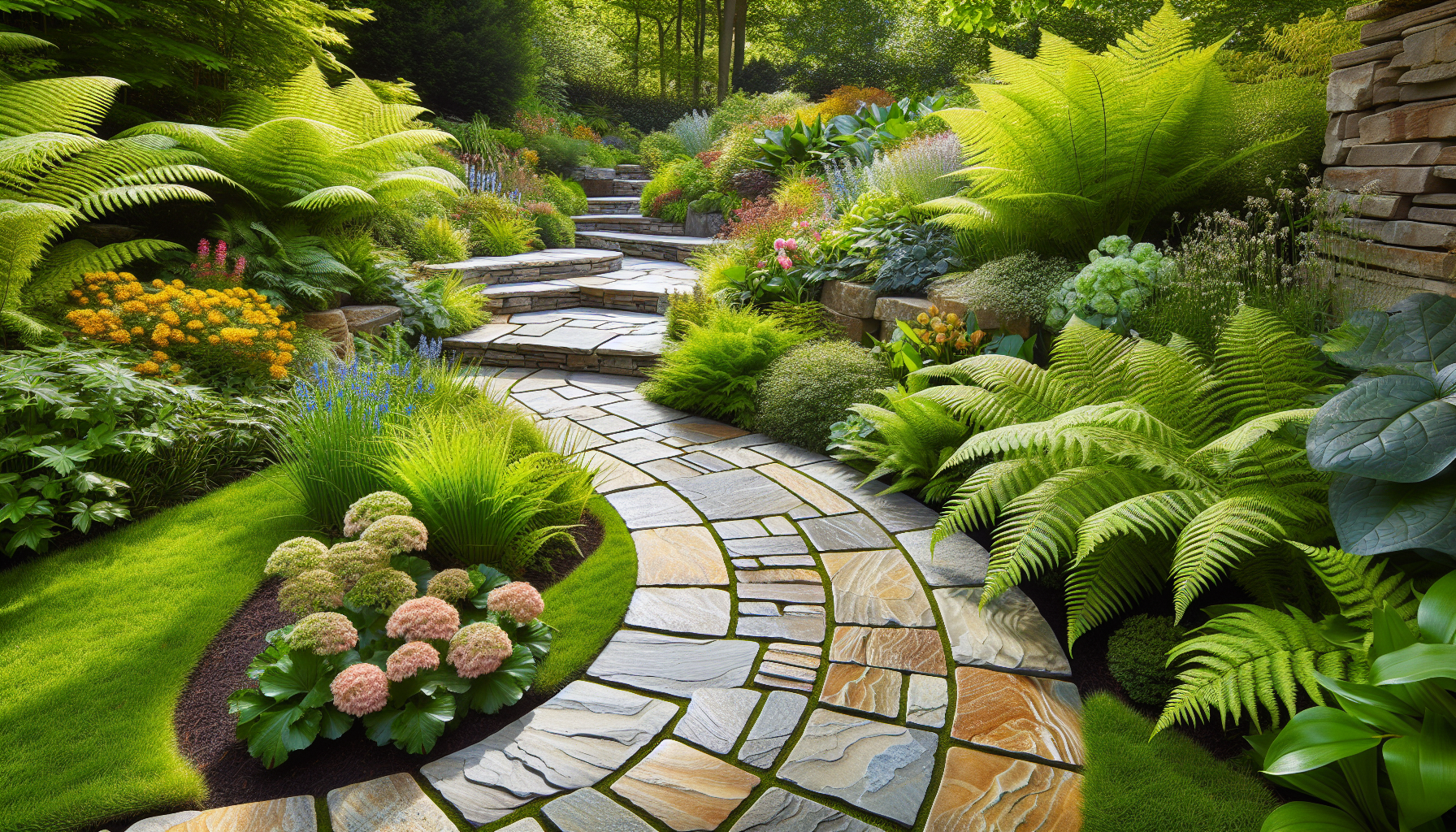What do you envision when you think of a beautiful outdoor space? For many, a well-constructed walkway can be the centerpiece that ties the entire landscape together. If you’re considering adding or upgrading a walkway in your yard, the following tips will guide you through the process.
Understanding Walkway Construction in Hardscaping
Walkways are a vital part of any hardscaping project. They offer practical benefits, such as providing safe paths and controlling foot traffic, while also adding aesthetic value. Choosing the right materials and design will enhance your outdoor space significantly.
Choosing the Right Materials
One of the first decisions in walkway construction involves selecting the materials you want to use. Several options are available, each with its own pros and cons.
Concrete
Concrete is durable and versatile. You can mold it into various shapes and finishes, making it suitable for a variety of styles. However, it requires sealing and can crack over time if not installed correctly.
Pavers
Pavers come in many shapes, sizes, and colors, providing endless design possibilities. They are easy to repair since you can replace individual stones if needed. Pavers tend to be more expensive than concrete, but their aesthetic appeal is hard to match.
Gravel
Gravel offers a rustic appearance and is one of the most cost-effective options. It’s easy to install, and you can create interesting patterns. However, gravel may require regular maintenance to keep it looking its best.
Flagstone
Flagstone provides a natural look that blends well with gardens. Each piece is unique, creating a one-of-a-kind walkway. However, it can be more challenging to install due to the irregular shapes and heavy weight of the stones.
Determining the Walkway Design
After selecting your materials, it’s time to consider how you want your walkway to look. The design should complement your home and yard while keeping practicality in mind.
Straight vs. Curved Walkways
Straight walkways offer a clean, modern look and are straightforward to construct. Curved pathways add a softer, more organic feel, inviting exploration. Decide which style resonates with your overall design vision.
Width and Spacing
The width of your walkway should accommodate its expected traffic. For general foot traffic, 3-4 feet is usually sufficient. If you anticipate larger gatherings or have a wider space, consider expanding the width.

Preparing the Site
Before construction can begin, preparing the site is essential. A well-prepared site ensures the longevity and stability of your walkway.
Clearing the Area
Start by removing any grass, plants, or debris in the walkway’s path. Ensure the soil is clear and leveled. This step may require a shovel, rake, and possibly a wheelbarrow to haul away excess materials.
Leveling the Ground
Even the ground is crucial for a successful walkway. Use a level and a string line to check for any high or low spots. Fill low areas with soil or sand and compact the ground to ensure stability.
Installing the Base
A solid base is key to a durable walkway. The base prevents settling and shifting over time.
Adding a Gravel Base
For most materials, a gravel base should be laid down. A depth of 4-6 inches is typical. Spread the gravel evenly and compact it to create a firm foundation.
Using a Landscape Fabric
Installing a landscape fabric over the gravel can prevent weeds from growing through while allowing water to drain. Cut the fabric to fit the area of the walkway and secure it in place.

Laying the Walkway Materials
Now comes the exciting part: laying down the materials you’ve chosen for your walkway.
For Concrete Walkways
-
Mixing the Concrete: Start by mixing the concrete according to package instructions. Aim for a consistency that pours easily but isn’t too runny.
-
Pouring: Pour the concrete onto the prepared base and spread it to your desired thickness.
-
Finishing touches: Use a trowel to smooth the surface, then add any texture you desire before the concrete sets.
For Paver Walkways
-
Setting the Pavers: Begin placing the pavers in your chosen pattern, leaving a small gap between each one for sand filling.
-
Shimming: Make sure each paver is level, using a rubber mallet if needed for adjustments.
-
Filling the Gaps: Once all pavers are in place, sweep sand into the gaps to lock them in.
For Gravel Walkways
-
Spreading the Gravel: Pour the gravel into the walkway area and spread it evenly.
-
Compacting: Use a tamper to compact the gravel for stability.
-
Resurfacing: Check that the gravel has the desired depth and adjust as necessary.
For Flagstone Walkways
-
Arranging the Pieces: Lay out the flagstones in your preferred pattern without setting them in place. This helps visualize the final look.
-
Setting in Mortar: After arranging, use mortar to secure the stones, ensuring they are level.
Ensuring Proper Drainage
A common issue with walkways is water pooling. Effective drainage means your walkway will last longer and remain safe to walk on.
Grading the Walkway
Ensure the walkway has a slight slope away from your home. This slope helps guide water away from the foundation, preventing potential damage.
Adding Drainage Solutions
Consider adding drainage features, such as trenches or drains, particularly if you live in an area with heavy rainfall.
Planting Border Plants
Adding plants along your walkway creates a harmonious connection between the hardscape and softscape. Choose low-maintenance, native plants that thrive in your climate.
Plant Selection
Opt for plants that can tolerate foot traffic if you have a busy pathway. Ground covers or hardy perennials provide beauty without obstructing the walkway.
Regular Maintenance
Maintaining your walkway is crucial for its longevity and appearance. Regular upkeep prevents costly repairs down the line.
Cleaning
Sweep debris regularly to keep your walkway clean. For tougher stains, a pressure washer may help restore its original look.
Repairs
Look for signs of cracks or loose stones. Address these issues promptly to avoid larger problems. Filling cracks with concrete filler or replacing loose stones can restore your walkway efficiently.
Conclusion
Building a walkway can enhance your outdoor space in numerous ways. It provides safety, directs foot traffic, and adds visual appeal. By following these essential tips, you can construct a walkway that meets your needs and elevates your landscape.
If you’re looking for professional assistance for your hardscaping ventures, consider turning to Xclusive Home Services. They are equipped to handle all your hardscaping needs, ensuring your walkway and other projects achieve your vision.
For more information, you can reach out to them:
Xclusive Home Services
14505 N. Hayden Rd., Ste. 101
Scottsdale, AZ 85260
Phone: (602) 341-5545
Email: management@xclusivehomeservicesco.com
By focusing on the essentials—materials, design, preparation, and maintenance—you set the stage for a successful walkway project. Enjoy the transformation your outdoor space will undergo!


